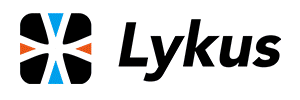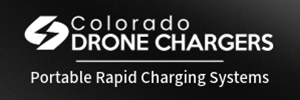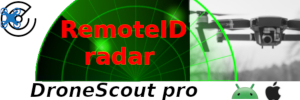Depends what you want to achieve and how much of a perfectionist/pixel peeper you are. Focussing at hyperfocal will maximise the depth of field for what is considered "acceptably sharp", but only the objects at the hyperfocal distance will be critically sharp. It would be good enough for most things, but for most landscapes shot from a drone this will actually mean that *nothing* in your image is tack sharp as you are seldom going to have anything 30ft away from the camera. Whether you'll actually be able to tell that will depend on the post-processing, output resolution/size, and viewing distance though.
A better general purpose rule of thumb for getting the best combination of maximal DoF and overall sharpness is to focus about 1/3 of the way into the scene, or even directly on the object(s) that matter most to ensure they are as sharp as possible. Everything else will still fall into the "acceptably sharp" zone, but everything will also be much closer to the plane of critical sharpness and thus look slightly more crisp (again, subject to post, output, & viewing). Tapping on the screen is the simplest and quickest way to do this.
Alternatively, if you want to get some bokeh on the background (foreground bokeh isn't possible), for instance to make it a little less cluttered and add emphasis to foreground objects, then manual focus is the way to go. The only way to get anything close to reasonable bokeh with the
M2P is to focus near to minimum focus (between 1m and 2m works) regardless of where your primary subject is and accept that nothing will be critically sharp. I'd recommend taking a few shots at different focus points as this can be tricky to get right on a small screen and which is the more pleasing can be quite subjective. Don't expect miracles with a 1" sensor, but it can be effective for the right shot and also makes a good starting point for applying a gaussian blur filter in post.









